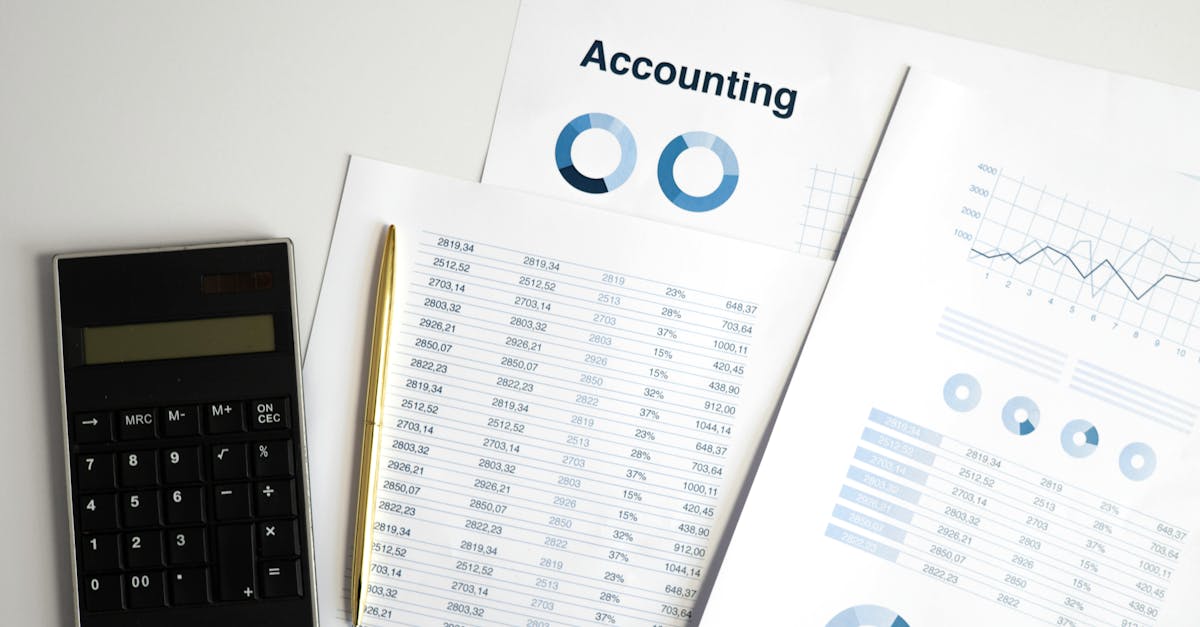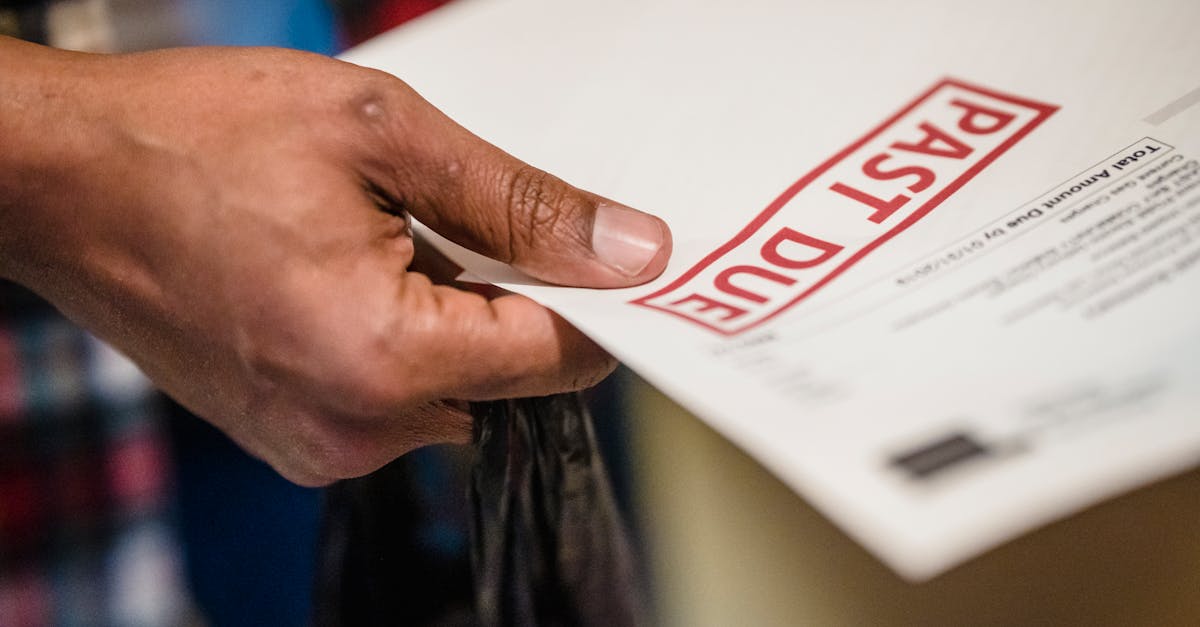
Introduction
Every month your AP inbox becomes a bottleneck—PDFs and scanned invoices pile up, payments slip past discount windows, and time is wasted chasing line‑item questions. That loss of cash and attention is precisely why **document automation** matters: it turns slow, error‑prone manual work into predictable, auditable flows. At the heart of that change is data extraction using OCR and smart parsing to capture header fields and detailed line items, then validate and reconcile them before approval.
If you manage HR, compliance, or legal at a growing company, this article walks you through a practical roadmap: designing reliable **OCR** and line‑item capture, implementing two‑ and three‑way matching with exception routing, pushing clean records into accounting via no‑code ETL, automating vendor onboarding and disputes, and tracking the KPIs that prove ROI. Read on for concrete tactics you can test with real invoice sets and reusable templates.
Why automating invoice capture matters: speed, fewer errors, and faster payments
Automating invoice capture replaces manual data entry with systematic data extraction, reducing human error and accelerating processing.
Speed gains come from tools that extract key fields from PDFs and images using OCR and parsing rules, enabling faster approval and payment cycles. That matters for cash discounts, supplier relationships, and reducing late‑payment fees.
Primary benefits
- Fewer errors: automated OCR and validation reduce transcription mistakes compared with manual entry.
- Faster throughput: higher invoice throughput with low marginal cost per document.
- Improved supplier experience: predictable payment timing and fewer query loops.
When evaluating solutions, look for proven data extraction tools that handle data extraction from PDF reliably. A practical starting point is to test with real invoice templates — for example, try a ready invoice set to validate your capture pipeline: https://formtify.app/set/invoice-e50p8.
Designing OCR extraction for invoices: supplier fields, line items, totals, tax, and payment terms
Designing OCR extraction begins with defining the fields you need and how they map to your accounting system.
Key fields to extract
- Header fields: supplier name, supplier ID, invoice number, invoice date, due date, payment terms.
- Totals: invoice total, tax amounts, discounts, currency.
- Line items: description, SKU/item code, quantity, unit price, line total, tax per line.
- Remittance: bank details, payment reference.
Use a hybrid approach: combine OCR technology for text recognition with parsing rules and templates for structured invoices; use ML models for unstructured or varied formats. That mix lets you support both standardized supplier invoices and ad‑hoc vendor PDFs.
Practical tips
- Normalize extracted values into canonical formats (dates, currencies) as part of your data cleansing step.
- For high‑accuracy line‑item extraction, use table detection plus validation routines rather than only regex parsing.
- Leverage vendor templates and sample invoices to train models; for quick testing, use example invoice sets like https://formtify.app/set/invoice-e50p8.
For teams building custom solutions, common stacks include data extraction python scripts for pre/post‑processing combined with OCR engines or commercial data extraction software. Consider whether you need to support scanned images (OCR) vs. digital PDFs (parsing).
Validation and reconciliation rules: two‑ and three‑way matching, tolerance thresholds, and exception routing
Validation is where data extraction becomes actionable. A clear reconciliation strategy prevents erroneous payments and speeds exception handling.
Matching strategies
- Two‑way match: match invoice to PO by supplier, PO number, and invoice totals. Good for services or non‑receipt items.
- Three‑way match: match invoice, PO, and goods receipt (GRN) to validate quantities and prices. Required for inventory and goods purchases.
Tolerance and routing
- Define tolerance thresholds for price and quantity variances (e.g., 2% price, 1 unit quantity) and automatic approval levels within thresholds.
- When variances exceed thresholds, route to exception queues with contextual data (extracted fields, source image, suggested resolution).
Validation should be part of your data pipeline where you apply data cleansing, enrichment (supplier record lookup), and reconciliation steps as an automated ETL stage. Use PO and contract references (see templates like https://formtify.app/set/purchase-agreement-5ongq) to confirm terms and rates.
Connecting invoice data to accounting systems and payment workflows via no‑code ETL
No‑code ETL platforms make it practical to move extracted invoice data into ERP, AP, and payment systems without heavy engineering effort.
Integration pattern
- Ingest: capture via OCR/parsing into a normalized schema (supplier, invoice header, line‑items).
- Transform: apply business rules, currency conversion, and validation (data cleansing + enrichment).
- Load: push organized records into the accounting system and trigger payment workflows.
Look for connectors to common ERPs, accounts payable systems, and bank/payment providers. No‑code ETL enables rapid mapping and testing of fields, reducing reliance on engineering teams.
Include links to contract or payment artifacts in records to provide context for auditors and approvers — for example, link invoices to related service agreements or promissory notes: https://formtify.app/set/service-agreement-94jk2 and https://formtify.app/set/promissory-note-1zjpf.
Where capacity allows, unify data flows into a single data integration layer to support reporting, analytics, and downstream automation.
Automation recipes for disputes and supplier onboarding: auto‑create vendor profiles and rule‑based approvals
Automation recipes codify the business logic for common scenarios like disputes and onboarding so they run consistently at scale.
Auto‑create vendor profiles
- When an invoice arrives and the supplier is unknown, automatically extract the supplier fields and attempt a match against vendor master data.
- If no match is found, trigger a supplier onboarding workflow that captures required documents (W‑9, contracts) and creates a vendor record upon approval. Reference contract templates such as purchase and service agreements: https://formtify.app/set/purchase-agreement-5ongq and https://formtify.app/set/service-agreement-94jk2.
Dispute and approval recipes
- Rule‑based approvals: auto‑approve invoices within predefined tolerances and approval thresholds.
- Dispute workflow: if an invoice fails three‑way match or line items disagree, create a dispute ticket with the extracted evidence and route to the responsible buyer or supplier contact.
These recipes rely on robust data extraction and enrichment so the system can make confident decisions (e.g., matching supplier IDs, PO numbers, and contract terms). Use automation to reduce manual touches and shorten resolution times.
Templates and monitoring: KPIs to track extraction accuracy, exception rates, and time‑to‑pay
Tracking the right KPIs lets you measure ROI and focus improvement efforts on the highest‑impact areas.
Essential KPIs
- Extraction accuracy: percent of fields correctly captured (e.g., header fields, line items). This is the single most important metric for data extraction performance.
- Exception rate: percent of invoices routed to manual review.
- Time‑to‑pay: average days from receipt to payment release.
- Average resolution time: mean time to clear an exception or dispute.
Operational monitoring
- Monitor field‑level accuracy and track drifts that indicate model retraining needs.
- Establish sampling and audit processes to validate OCR and parsing outputs; implement continuous improvement loops with labeled corrections.
- Use dashboards that combine extraction KPIs with financial metrics to link technical performance to business outcomes (e.g., late fees avoided, early‑pay discounts captured).
For scaling, keep a library of templates and example invoices to improve recognition over time and reuse proven configurations across supplier cohorts. Tie monitoring into analytics and data mining efforts to spot patterns (high variance suppliers, recurring extraction failures) and feed that insight back into your data pipeline and training cycles for better accuracy.
Summary
Wrap‑up: Automating invoice capture turns a monthly AP bottleneck into a predictable, auditable flow by combining reliable OCR, structured line‑item parsing, validation rules, and no‑code ETL to push clean records into your accounting systems. For HR, compliance, and legal teams this means fewer manual touches, faster dispute resolution, and stronger audit trails that reduce risk and free staff for higher‑value work. By focusing on extraction accuracy, clear reconciliation rules, and monitoring the right KPIs, you can prove ROI and iterate quickly — the core of effective data extraction for invoices. Ready to test these ideas with real templates and pipelines? Start exploring practical sets and integrations at https://formtify.app
FAQs
What is data extraction?
Data extraction is the process of pulling structured information from documents, PDFs, images, or systems so it can be used in workflows and analytics. In the context of invoices, it means capturing header fields and line items reliably so downstream systems can reconcile and pay.
How do you extract data from a PDF?
Extracting data from a PDF typically uses parsing for digital PDFs and OCR for scanned images, combined with rules or models to locate fields and table rows. The pipeline normalizes dates, currencies, and totals, then validates values before loading them into accounting systems.
Is web scraping legal for data extraction?
Web scraping legality depends on the source, the terms of service, and applicable laws — some sites forbid scraping while public data may be lawful to collect. When in doubt, consult legal counsel and prefer APIs or licensed data sources to stay compliant.
Can machine learning improve data extraction?
Yes — machine learning models can improve recognition of varied invoice layouts, table structures, and unstructured text, reducing manual corrections over time. ML is especially useful when you have diverse suppliers and need higher recall for line‑item extraction.
What are common challenges in data extraction?
Common challenges include low‑quality scans, highly variable invoice formats, inaccurate line‑item parsing, and drift in model performance over time. Address these with template libraries, validation rules, human‑in‑the‑loop corrections, and ongoing monitoring.





